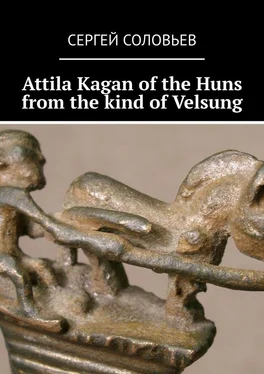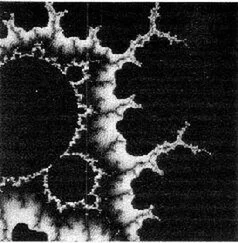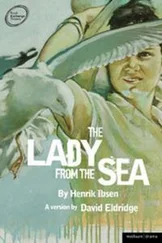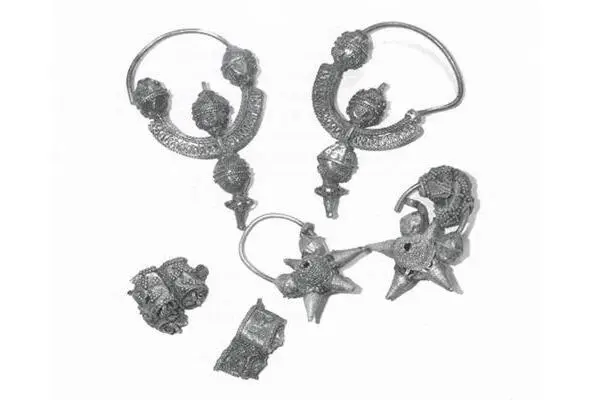
Temporal rings Bornholm.
GIANTS AND GANS OF GREECE
There were memories of giants in Hellas, but there they were called Giants (dr. Greek Γίγαντες; singular Γίγας) – in ancient Greek mythology, giants. That is the creation of the Earth. There are myths about the struggle of giants with the gods of Olympus, gigantomakhiya (Greek. Γῐγαντομᾰχία, literally. “Battle with giants”). Describe giants as huge monsters with a human body to the waist, with dragon tails instead of legs (born from Gaia and Tartarus
They had shaggy thick hair and long beards. The lower limbs passed into the dragon-covered bodies of dragons. By tradition, every giant was armed with a spear. The battle took place on the Flegreysky fields (Phlegraei Campi, τά Φλεγραία πεδία, ή Φλέγρα, property “scorched earth”), which are usually placed in volcanic countries (in the Far West, in the Campaign of Arcadia, Thessaly and others. Giants were born, according to legend, according to legend also on Flegreysky fields or on Pallen. Only the latest authors report on the struggle of giants with Zeus and other Olympians, gigantomakhii (other Greek. γῐγαντομᾰχία, letters. So, according to a mythical legend, Gaia, angry by the conclusion of the titans in Tartarus, gave birth to an ogro many monsters with a human body to the waist, with dragon tails instead of legs (born from Gaia and Tartarus). They had shaggy thick hair and long beards. The lower extremities turned into dragon-covered bodies of dragons. By tradition, every giant was armed with a spear (Polybot exception Poseidon’s enemy fought with a trident, like the god of the seas himself.) There were 150 giants in total, but among them there were only 12 of the most important and powerful ones that were supposed to defeat the twelve gods of Olympus: one giant for one Olympian god. Thus, the oldest giant named Alkioney was born with the goal of overthrowing Hades himself, Enkelad was the enemy of Athena, Polybot was born to destroy Poseidon, Mimant was the doom of Hephaestus, and Porfirion was the rival of Zeus. But these giants, according to the prophecy of the goddesses of fate and Hera (wife of Zeus) were vulnerable: they can be killed by a god, but only with the help of the forces of a demigod. Therefore, the gods called the ancient heroes to help in the new war. From the Phlegrean fields, which are usually located in volcanic countries (in the Far West, in Campania, Arcadia of Thessaly, etc.), they began to hit the rocks with burning fragments and burning tree trunks. Born on Flegreysky fields or on Pallen. According to the Arcadians, the battle took place at the town of Baphos in Arcadia.
A terrible battle broke out in which the gods, thanks to the help of the Cyclops, the hundred-armed giants and Heracles, won and killed the giants: some of them were buried under volcanic islands (e.g. Enkelad – under Sicily, Polybot – under Kos.According to Lucan, Athena showed them the head of the Gorgon, and they became mountains.
The word Γίγαντες consists of two words of Gei (dr.) Γῆ, Γᾶ, Γαῖα – “Earth” and γαντες. The name of the giants of Hellas is also similar to the Pomeranian huns, and the Slavic gans (Kans, Velikans) and are associated with the serpent cult, like the Huns of Eurasia.
And this is what Homer writes about a leader named Guney. (Gunei (dr. Greek. Γουνεύς)) a character in ancient Greek mythology. He is the son of Okit and Avrophyta, from Kif, from north-western Thessaly, he brought the Enian under Troy on 22 ships, Gunei was called the leader of the Enian and Perreb, and upon his return he fell into a storm near Mount Kafereya. Leaving the ships, he arrived in Libya and settled on the banks of the Kinipa River. Here, under the name Enian Homer, he gives the oldest mention of the Wends (enedis, which Quintus Rufus refers to as genetics as well. I must say that the word WANAX, the king, the Greeks pronounced ANAX).
But from Kifa Gunei with twenty and two ships
Sailing, leading the Enians and warlike, strong perb,
The tribe of husbands who settled near Dodona cold,
The land of the plowers, by which the cheerful Titaresius makes noise,
Swiftly in Penny the sweeping lushly rolling waters,
Which doesn’t merge with Peneus silverfish anywhere,
Homer. Iliad II 748.
That is, Homer indicates where the Huns-Gantts lived at a time close to him-in Thessaly, where it was possible to engage in horse breeding, and here eneti-venets are mentioned. And next to the Huns, which will be important in other parts of the book. The leader of the Huns of Asia Minor was obviously Gannimed, the hero of the Hellenic epic. According to myths, he was a Trojan prince, and for beauty was taken alive to heaven by Zeus himself. And here, it should be remembered that judging by the findings in Troy lobed temporal rings, jade axes, incredibly similar to stone with the axes of the Borodino treasure, attributable to the Seyminsky —Turbino culture, Troy of the same time obviously also belonged to this culture. And the name Gannimed – “Leader of the Gans” here does not look like an accident, but shows that the Hellenes remembered the name of the tribe that came from Asia.
And judging by the numerous finds, the serpentine (dragon) cult and with the Sarmatians (their banners, judging by Bannikov, were in the form of developing dragons), and with the inhabitants of Yamal. You can also recall similar mythological creatures, described similarly, and who also lived in the North, and these are the Gundyrs of the Komi people. Gundyr is the image of the many-headed giant in the Komi mythology. In folklore, Komi-Zyryan and Komi-Permyaks Gundyr had a human image, but under the influence of Russian folklore he turned into a giant snake or dragon. The ceremonial dishes of the Pozdnyakovskaya culture, from the island of Rugen, and the Andronovo culture, which are identical in form and attribute, are also interesting.


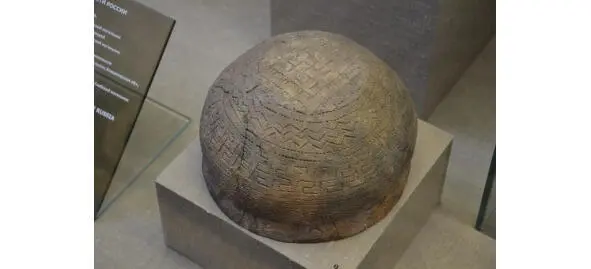
From left to right: vessels with an attributed pattern in the form of a meander and a swastika. Andronovo culture, 12th-century Rugen island, Pozdnyakovskaya culture, GIM.
The vessels of bronze with the eyes of the Sarmatians and the inhabitants of the Yamal Peninsula are identical.

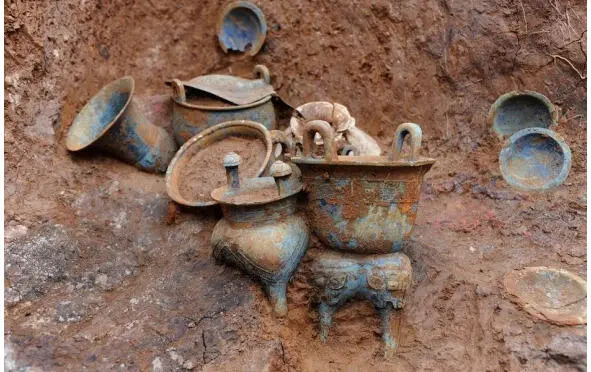
Bronze vessels with eyes, from left to right: Yamal, 1—2c. Kuban, Sarmatian culture 1—2 centuries AD
It is no coincidence in this series of myths and Indians. About the army of Shiva, who was called the Gans, Ganapati (Ganesha) was considered the leader of this sacred army. God’s warrior Skanda, he is also known as Kartikkeya, is considered to be his double, and according to legend, the Indo-Aryans came from the North, and this is evident from the similarities between the descriptions of Apollon Illos (Ullis) and Krishna, and judging by the toponymy of the region, from the region between modern Vologda and the Yamal Peninsula.
Читать дальше
